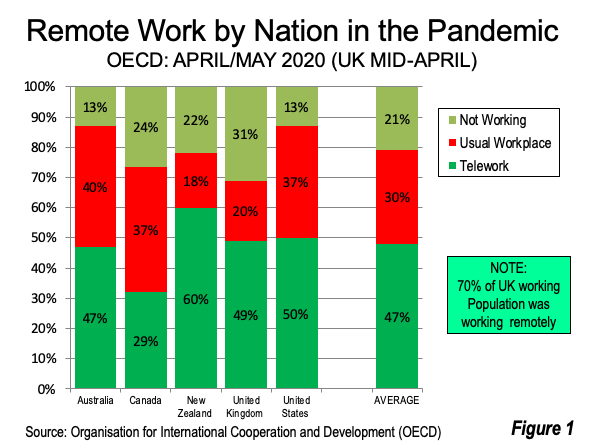Fortune recently published an interview with Ed Pinto, director of the American Enterprise Institute Housing Center, and former chief credit officer of Fannie Mae.
In the interview, Pinto tells Fortune’s Shawn Tully that the high end prices have increased in price as at least as much as medium to high portion of the market. This is unusual, but not so unusual is the fact that prices of high end housing are increasing faster than the low end of the market, which typically experiences the biggest price increases.
Pinto attributes this to “The work from home economy” that has “unleashed people who before the pandemic were tied to jobs in expensive coastal metros and empowered them to move to cities where they can get a lot more house for the same or in most cases less money.”
Pinto describes the United States as having two housing markets, the coasts and the interior. About a quarter of the population lives in the coastal market, where house prices average seven times income, according to Pinto. In the interior, on the other hand, house prices are 3.5 times incomes. Pinto says: “That opens a high-pressure dynamic that’s pushing people to move to where housing is more plentiful and a lot cheaper.”
He notes that restrictions on new house building have forced people in metros like Los Angeles and Seattle “to pay ever higher prices for a relatively small, aging pool of homes.
He cites migration increases to the usual domestic migration magnets like Austin and Raleigh, but notes big increases in less likely metros such as places like Pittsburgh and Columbus. Moreover, he cites local moves away from urban cores to peripheral locations in California, observing an equally strong trend from “downtown rentals” to “roomy homes” far out of town.
Read the complete article at: fortune.com
Wendell Cox is principal of Demographia, an international public policy firm located in the St. Louis metropolitan area. He is a founding senior fellow at the Urban Reform Institute, Houston, a Senior Fellow with the Frontier Centre for Public Policy in Winnipeg and a member of the Advisory Board of the Center for Demographics and Policy at Chapman University in Orange, California. He has served as a visiting professor at the Conservatoire National des Arts et Metiers in Paris. His principal interests are economics, poverty alleviation, demographics, urban policy and transport. He is co-author of the annual Demographia International Housing Affordability Survey and author of Demographia World Urban Areas.
Mayor Tom Bradley appointed him to three terms on the Los Angeles County Transportation Commission (1977-1985) and Speaker of the House Newt Gingrich appointed him to the Amtrak Reform Council, to complete the unexpired term of New Jersey Governor Christine Todd Whitman (1999-2002). He is author of War on the Dream: How Anti-Sprawl Policy Threatens the Quality of Life and Toward More Prosperous Cities: A Framing Essay on Urban Areas, Transport, Planning and the Dimensions of Sustainability.













